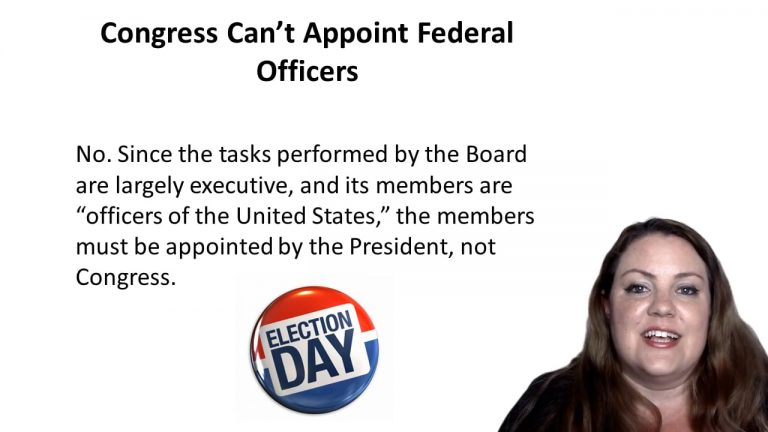SmartBrief
Confirm favorite deletion?
Constitutional Law Keyed to Maggs
Dames & Moore v. Regan
Citation:
453 U.S. 654 (1981)Facts
In 1979, the American Embassy in Tehran was seized and American citizens were held hostage. In response to that crisis, President Carter, acting pursuant to the International Emergency Economic Powers Act, declared a national emergency and blocked the removal or transfer of all property of Iran to the United States. Petitioner Dames and Moor sued the Government of Iran claiming that it owed money for services performed under the contract with Iranian government. In 1981, the American hostages were released by Iran pursuant to an agreement stating that the United States is to terminate all legal proceedings in the U.S courts involving claims of U.S persons against Iran to nullify all attachments and judgments. President Regan suspended all claims pursuant to the agreement between the U.S and Iran.
Only StudyBuddy Pro offers the complete Case Brief Anatomy*
Access the most important case brief elements for optimal case understanding.
*Case Brief Anatomy includes: Brief Prologue, Complete Case Brief, Brief Epilogue
- The Brief Prologue provides necessary case brief introductory information and includes:
Topic:
Identifies the topic of law and where this case fits within your course outline.Parties:
Identifies the cast of characters involved in the case.Procedural Posture & History:
Shares the case history with how lower courts have ruled on the matter.Case Key Terms, Acts, Doctrines, etc.:
A case specific Legal Term Dictionary.Case Doctrines, Acts, Statutes, Amendments and Treatises:
Identifies and Defines Legal Authority used in this case.
- The Case Brief is the complete case summarized and authored in the traditional Law School I.R.A.C. format. The Pro case brief includes:
Brief Facts:
A Synopsis of the Facts of the case.Rule of Law:
Identifies the Legal Principle the Court used in deciding the case.Facts:
What are the factual circumstances that gave rise to the civil or criminal case? What is the relationship of the Parties that are involved in the case.Issue(s):
Lists the Questions of Law that are raised by the Facts of the case.Holding:
Shares the Court's answer to the legal questions raised in the issue.Concurring / Dissenting Opinions:
Includes valuable concurring or dissenting opinions and their key points.Reasoning and Analysis:
Identifies the chain of argument(s) which led the judges to rule as they did.
- The Brief Prologue closes the case brief with important forward-looking discussion and includes:
Policy:
Identifies the Policy if any that has been established by the case.Court Direction:
Shares where the Court went from here for this case.
Topic Resources
Topic Outline
Topic Refresher Course
Topic Charts & Notes

 8m 0s
8m 0s